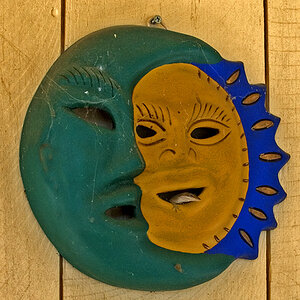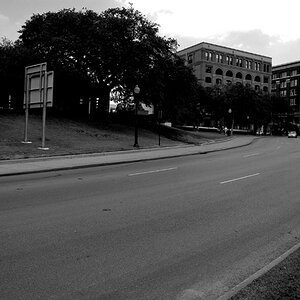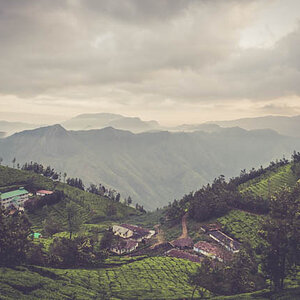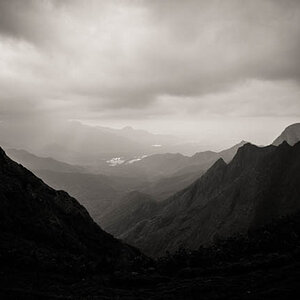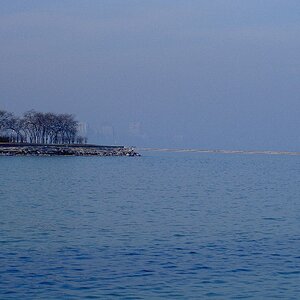sovietdoc
No longer a newbie, moving up!
- Joined
- Jun 12, 2010
- Messages
- 1,142
- Reaction score
- 75
- Location
- rest of the world
- Can others edit my Photos
- Photos OK to edit
wtf is the point of D600 when there is D800..
Money shouldn't be an object, only "what it can do"
Let's just wait and see now how DxO tests new D600 and gives it higher score than 5D III. And still say how Nikon's 24-70 is still better than Canon's 24-70 II in resolution after they do a test on 24-70 II.
DxO is my number 1 stop for looking at unbiased hard numbers for Canon gear.
Money shouldn't be an object, only "what it can do"
Let's just wait and see now how DxO tests new D600 and gives it higher score than 5D III. And still say how Nikon's 24-70 is still better than Canon's 24-70 II in resolution after they do a test on 24-70 II.
DxO is my number 1 stop for looking at unbiased hard numbers for Canon gear.


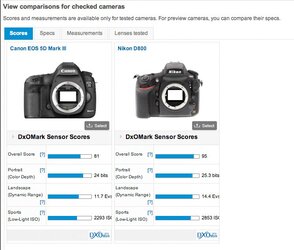



![[No title]](/data/xfmg/thumbnail/38/38720-f0f83c1b09a42065eefec8923841d54d.jpg?1619738701)
